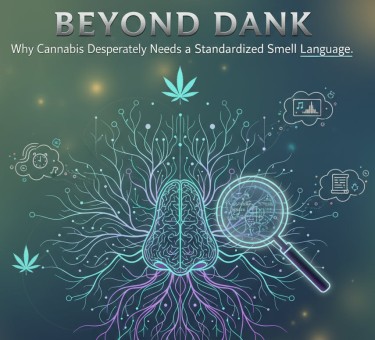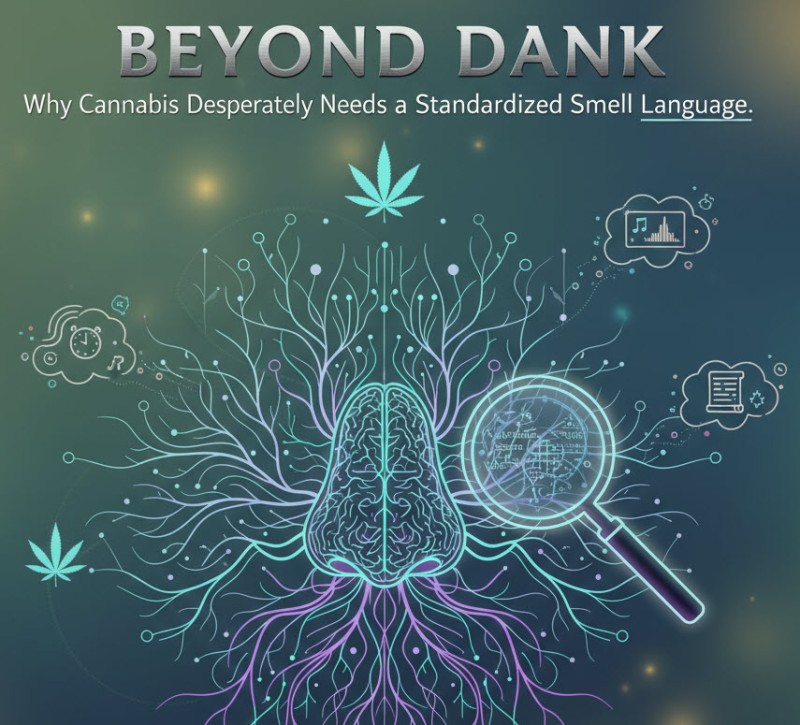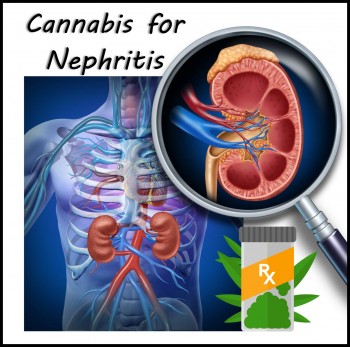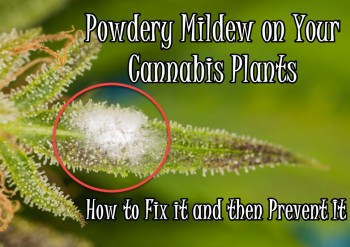
Walk into any dispensary and you'll encounter strain descriptions that read like wine snobbery crossed with a perfume catalog: "earthy notes with hints of pine and citrus," "fruity undertones with diesel finish," "sweet berry aroma with herbal complexity." The budtender confidently explains that this strain's terpene profile—high in myrcene and limonene—guarantees those specific flavors and effects.
There's just one problem: it's mostly bullshit.
New research from Oregon State University, published in PLOS One, confirms what many experienced cannabis users have suspected—the cannabis industry's obsession with terpene profiles as predictors of aroma and effects is built on shaky foundations. After recruiting a 21-judge panel to systematically assess 91 samples of unburnt marijuana flower using 25 standardized descriptors, researchers discovered that terpene content is a poor predictor of cannabis's actual scent profile.
"Despite the chemical groupings, sensory and terpene clustering did not correlate well," the researchers wrote, adding that this "underscores a key point: terpene chemistry alone does not predict a sample's sensory profile. This is crucial given the overreliance on terpene content in current Cannabis industry marketing and labeling practices."
This matters enormously. The cannabis industry has matured beyond prohibition-era bags of mystery weed into a sophisticated market with consumer expectations for consistency, accuracy, and transparency. Yet we're still operating with a vocabulary that's vague, inconsistent, and often disconnected from chemical reality. When every budtender describes strains differently, when lab results don't predict sensory experience, and when marketing claims bear little relationship to what you actually smell and taste, consumers make uninformed purchasing decisions and develop mistrust toward an industry trying desperately to shed its illicit reputation.
The Oregon State study represents a crucial step toward fixing this mess. By developing a standardized aroma lexicon—a common language for describing cannabis smell—researchers are providing the foundation for accurate labeling, better consumer communication, and genuine product differentiation based on sensory reality rather than marketing mythology.
The Study Breakdown: What Scientists Actually Found
The researchers assembled a trained sensory panel—21 judges who underwent extensive calibration to ensure consistent evaluation—and had them assess 91 cannabis flower samples. The panel smelled each sample and selected applicable descriptors from a developed vocabulary, generating 8,075 total descriptor selections across the study.
Three descriptors dominated, accounting for 26% of all selections: "herbal," "citrus," and "woody." These are your baseline cannabis aromas, the foundational scents that define the plant family regardless of specific variety. If you've ever wondered why so much weed smells vaguely similar despite strain diversity, this is why—the underlying botanical signature persists across genetics.
The study developed 25 total standardized terms with defined reference standards. This isn't just creating a word list; it's establishing agreed-upon definitions with physical examples that any trained evaluator can reference to ensure consistency. When someone says "skunky," they're referring to a specific aroma profile with a reference standard, not just their subjective impression of what skunky means.
The terpene analysis proved revelatory—and damning for current industry practices. Researchers found "clear chemical clusters" when analyzing terpene profiles, meaning samples grouped together based on terpene content. But here's the kicker: these chemical groupings didn't correlate with sensory groupings. Samples with similar terpene profiles often smelled completely different to the trained panel.
Only one terpene showed consistent association with specific descriptors: terpinolene, which correlated with "citrus" and "chemical" aromas. Every other terpene commonly touted as responsible for specific smells—myrcene for earthy, limonene for citrus, pinene for pine—showed unreliable or nonexistent correlation with actual sensory perception.
Even more damning: "Total terpene concentration was also not correlated with the frequency of use of each attribute per sample." Translation: more terpenes doesn't mean stronger smell or more distinctive aroma. The entire foundation of cannabis marketing—highlighting total terpene percentage as a quality indicator—appears to be nonsense.
The study did find interesting correlations between cannabinoid profiles and aroma. High-THC, low-CBD varieties were "more frequently described as 'skunky,' 'musty,' and 'animalic,'" while low-THC, high-CBD strains commonly received descriptors like "citrus," "fruity," and "candy-like." This suggests cannabinoid content may actually be a better predictor of aroma character than terpene profiles.
The researchers posited that "key perceptual drivers may lie in other, unmeasured compound classes, such as esters, aldehydes, or other volatiles that behave in complex synergistic manners creating characteristic impacts beyond individual terpene contributions." In plain language: we don't actually know what makes cannabis smell the way it does, but it's clearly not just terpenes.
Why Standardization Matters: Beyond Marketing Hype
The lack of standardized cannabis descriptors creates multiple problems that harm consumers, undermine industry credibility, and prevent genuine product differentiation.
First, consumers can't make informed choices. When every dispensary and every budtender uses different vocabulary to describe similar products, comparison shopping becomes impossible. You try a strain you love at one dispensary, then attempt to find something similar elsewhere, but the descriptions are so inconsistent you're essentially guessing. A standardized lexicon allows consumers to identify preferred aroma profiles and seek them out consistently across different products and retailers.
Second, misleading labeling actively harms the industry. As the study notes, the current market is "saturated with inaccurate potency claims, misleading 'effect' descriptions, and persistent safety concerns." When consumers purchase products based on terpene profiles that don't actually predict the sensory experience, they develop skepticism toward all cannabis labeling. This breeds mistrust that spills over into legitimate quality indicators, making consumers doubt even accurate information.
The "indica vs. sativa" classification system exemplifies this problem. Research has repeatedly shown these categories are "unreliable predictors of Cannabis attributes," yet the industry clings to them because they're simple marketing shorthand. Consumers purchase "indica" expecting sedation or "sativa" expecting energy, then experience effects that contradict the label. This doesn't just disappoint consumers—it damages industry credibility and makes people question whether cannabis professionals know what they're selling.
Third, quality assessment beyond THC content becomes possible. The industry's obsession with THC percentage has created a race to the bottom where potency trumps all other considerations. The study notes that "THC content has been shown to correlate weakly or negatively with enjoyment, and does not impact aroma." Higher THC doesn't mean better weed, but without other reliable quality indicators, consumers default to chasing percentages.
Aroma provides the missing piece. The researchers state plainly: "aroma is the only known predictor of subjective enjoyment." If we can standardize aroma description, we give consumers a quality metric that actually correlates with their experience rather than a chemical measurement that doesn't.
Fourth, breeding and cultivation can be optimized. When breeders know which specific chemical compounds create desired aromas, they can select for those traits deliberately rather than chasing vague targets like "fruity" or "gassy." When cultivators understand which growing and processing methods enhance or diminish specific aroma characteristics, they can optimize production for sensory quality rather than just cannabinoid potency.
Finally, medical patients benefit from consistency. Medical cannabis users need reliable products with predictable effects. When a patient finds a strain that manages their pain or anxiety effectively, they need to be able to identify similar options if that specific product becomes unavailable. Standardized aroma descriptors provide a consistent framework for matching patients with appropriate products based on sensory characteristics that correlate with their therapeutic experience.
The Terpene Myth: What We Got Wrong and Why It Matters
The cannabis industry built an entire marketing apparatus around terpenes. Lab reports prominently feature terpene profiles. Budtenders explain effects based on myrcene content. Brands differentiate products by highlighting specific terpene ratios. This study reveals that framework is fundamentally flawed.
Terpenes matter—they're present in cannabis and contribute to its overall chemistry—but their role in creating specific aromas has been vastly overstated. The only terpene showing consistent sensory correlation was terpinolene with citrus/chemical notes. Every other terpene commonly cited in cannabis marketing showed weak or nonexistent correlation with the aromas attributed to them.
This isn't just academic nitpicking. When the industry tells consumers that high limonene means citrus flavor, and consumers then purchase high-limonene products that don't taste particularly citrusy, we've created false expectations based on pseudoscience. When budtenders explain that myrcene produces sedating effects (the "couch-lock" phenomenon), but research shows no reliable correlation between myrcene content and subjective effects, we're propagating misinformation that undermines our credibility.
The revelation that total terpene concentration doesn't correlate with aroma intensity is particularly damning. Many cannabis brands market high total terpene percentages as quality indicators—"3% total terpenes!" suggests a more aromatic, flavorful product. But the research shows this claim has no basis. A sample with 3% total terpenes might smell less distinctive than one with 1%, depending on which specific compounds are present and how they interact.
The study suggests the real drivers of cannabis aroma are probably "esters, aldehydes, or other volatiles" that behave synergistically, creating complex aroma profiles that can't be predicted from individual compound measurements. This is how perfume chemistry works—the whole is greater than the sum of parts, and interactions between compounds create emergent properties not present in individual components.
The volatile sulfur compounds (VSCs) that give cannabis its "skunky" character weren't strongly predictive of sensory perception either. These compounds—responsible for the classic marijuana smell that gets you caught by your neighbors—vary widely in concentration, but this variation doesn't consistently translate to differences in perceived skunkiness.
What this means practically: stop buying weed based on terpene profiles. Lab reports showing terpene content are interesting data points, but they don't reliably tell you how the product will smell, taste, or affect you. The budtender confidently explaining this strain's limonene content guarantees an uplifting citrus experience is either misinformed or bullshitting you.
Instead, trust your nose. Smell the product before purchase if possible. Ask for samples. Identify which aromas you enjoy and which correlate with desired effects in your personal experience. Keep notes on what works for you using standardized descriptors when available.
The Sticky Bottom Line: New Guidelines for Smelling Your Weed
This research should fundamentally change how we evaluate cannabis quality. Here's what the science actually supports:
Smell before you buy. If a dispensary won't let you smell products before purchase, shop elsewhere. Aroma is the only known predictor of enjoyment, and you can't assess it from lab reports or strain names. Good dispensaries provide sample jars or sealed containers with aroma holes for this exact reason.
Ignore terpene percentages. They're not meaningless, but they're far less predictive than the industry claims. Don't choose products based on high terpene content or specific terpene ratios. Use terpene data as supplementary information, not primary selection criteria.
Learn standardized descriptors. When the industry adopts the 25-term lexicon developed in this study (or an expanded version), learn those terms. "Herbal," "citrus," "woody," "skunky," "musty," "animalic," "fruity," "candy-like"—these standardized descriptors will allow you to communicate preferences clearly and find similar products reliably.
Track cannabinoid profiles. High THC/low CBD correlates with skunky, musty, animalic aromas. Low THC/high CBD correlates with citrus, fruity, candy-like aromas. This is more reliable than terpene profiles for predicting sensory character.
Forget indica/sativa classifications. They're unreliable and unscientific. Focus on aroma and actual effect profiles rather than outdated botanical categories that don't predict experience.
Document your experiences. Keep a cannabis journal noting which aroma profiles work for your needs. "Fruity, citrus-forward samples consistently help my anxiety" is more useful information than "I prefer sativa strains high in limonene."
Demand better labeling. As consumers, we should pressure the industry to adopt standardized aroma descriptors on packaging and in marketing materials. The science exists—now the industry needs to implement it.
The cannabis industry is maturing, but we're still using prohibition-era language and pseudoscientific marketing. This research provides the tools for genuine standardization that benefits consumers, cultivators, and the industry's credibility. The question is whether stakeholders will adopt evidence-based practices or continue clinging to marketing myths because they're easier to sell.
Personally? I'm optimistic. As competition increases and consumers become more sophisticated, dispensaries offering accurate, standardized product descriptions will outcompete those peddling terpene mythology. The science is pointing the way forward. Now we just need the industry to follow.






